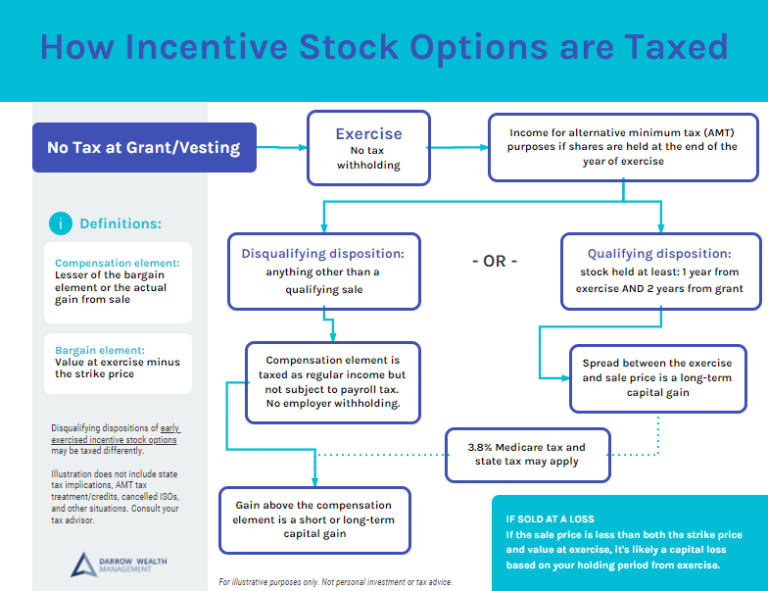Updated for 2023. Should you use a 529 plan to pay for private school? The 2017 tax reform legislation included sweeping changes to our tax code. One of the provisions can benefit parents who plan to send their children to private school. Starting in 2018, parents can use up to $10,000 per year from a 529 plan to pay private school tuition for kids in grades K-12. However, just because you can use a 529 plan for private school, doesn’t mean you should. Here are the rules for using 529 plans to pay for private school.
Rules on using a 529 plan to pay for private school
The changes to the tax code allowing qualified withdrawals from 529 plans to pay for private high school and elementary school education apply to the federal tax code. In another words, The tax legislation in 2018 changed the federal tax treatment of 529 plans. More specifically, the provision allows families to use up to $10,000 per year, per child from a 529 plan to help pay for private school in grades K-12.
Although contributions are still not tax deductible for federal income tax purposes, when funds pay for qualified college expenses or K-12 tuition (up to the limit), withdrawals are tax-free.
State tax rules for 529 plans and private school
Keep in mind that 529 plans actually run by the states. States often have different rules and benefits of 529 plan participation for in-state residents; many even offer tax credits or tax deductions to its residents for contributions in a 529 plan. Some, but not all, states adopted federal guidance to allow tax-free 529 plan withdrawals to pay for private school.
Here’s how the rules vary by state:
- Some states expanded their tax deduction to cover contributions later used for K-12 expenses.
- Several states don’t offer state income tax deductions or tax credits for K-12 tuition, but distributions for K-12 tuition are state-tax free. This exactly mirrors the federal tax treatment of 529 plans.
- Not all states have conformed to the new rules. In states that do not follow the new federal rules, withdrawals to pay for private school are considered non-qualified. Income tax is due on the earnings portion of the withdrawal and any previous income tax deductions or credits claimed may be subject to recapture. California even imposes a 2.5% penalty on withdrawals to pay for private school. Most East Coast states have conformed to the federal rules.
- States without an income tax will generally follow the federal rules, though there is no state tax benefit, because there is no state income tax.
It’s really important to understand the rules for your state and 529 plan before moving forward.
Impact on financial aid at private schools
Since assets in 529 plans previously were not available before college, financial aid offices in K-12 schools couldn’t consider these accounts. However, now that a portion of 529 plan funds are technically available for private school tuition, it may impact your financial aid package. Discuss the financial aid formula and eligibility with the private school ahead of time to avoid any surprises.
Why Grandparents Should Start a 529 Plan
529 plans and tax benefits
There are two types of benefits to using 529 plans:
- State level tax deductions or credits for additions to a 529 plan (if offered), and
- Avoiding capital gains taxes annually and for qualified withdrawals (federally and potentially at the state level too)
Depending on where you live and your tax situation, the tax benefits will vary considerably. For example, residents of Indiana could get a tax credit up to $1,000 for contributions to a 529 plan (20% tax credit for contributions up to $5,000). In Massachusetts, married couples can deduct up to $2,000/year in 529 plan contributions. With a flat 5% state tax rate, the savings is only $100.
The capital gains tax savings varies also. In 2022, married couples filing jointly fall into the federal 0% long-term capital gains tax bracket until income exceeds $83,350. For the highest income taxpayers, the top rates are 23.8% with the 3.8% Medicare surtax. On a state level, California’s top tax bracket for capital gains is 13.3% – regular income and capital gains are taxed at the same rates.
Should parents use 529 plans to pay for private school?
Maybe, but probably not. If you live in a state that penalizes or recaptures tax benefits stemming from withdrawals to pay for private school, it likely does not make sense. If your child is currently in private school or will be soon, you may not want to invest the money at all. Generally, short-term goals should be kept safe and liquid, not invested in the financial markets.
There’s also an opportunity cost to use funds earlier for private school, and you’ll miss out on future years of tax-free growth. The longer the money has to grow, the greater the benefit of tax-deferred growth. Depending on your cash flow situation, this may also impact your ability to reach your college funding goals if you can’t replenish the account. In this case, you’re making private school affordable by making college harder to pay for.
As you consider your education funding plan, be careful not to over-save in a 529 plan. If your savings exceed the cost of K-post-graduate, you may have to pay tax plus a 10% penalty on what’s leftover. Given the uncertainty of college costs and investment returns, trying to cover exactly 100% of expenses with a 529 plan is practically impossible. Consider funding your kids’ 529 plan with no more than 75% of the savings goal and pay for the rest by investing the rest in a flexible brokerage account or out of cash flow.
529 UPDATE: New changes allowing tax-free 529 plan to Roth IRA rollovers
The Secure Act 2.0 includes language that would allow tax and penalty-free rollovers from 529 college savings plans to Roth IRAs, with limitations. To help alleviate parents’ fears about over-funding 529 college savings accounts, the Act enables penalty-free rollovers from 529 college savings plans to Roth IRAs, with limitations:
- The lifetime rollover limit is $35,000
- Annual rollover limit is pegged to the yearly IRA contribution limit, which includes contributions made to any IRA. In addition, the amount rolled over plus annual IRA contributions cannot exceed the designated beneficiary’s earned income for the year.
- The individual must be the designated beneficiary of the 529 plan and move funds to a Roth IRA in their name
- The 529 account must have been opened for at least 15 years
- Contributions and earnings made within the last 5 years are not eligible for rollover
- Amount rolled over is tax-free (not included in beneficiary’s income) and penalty-free
Potential planning opportunities exist, though further guidance from the IRS is needed. For example, does the 15-year account seasoning period reset when a new beneficiary is named? If the lifetime limit only applies to the beneficiary doing the rollover, not the 529 account, the same account could accommodate multiple rollovers. As there are currently no limits on naming new beneficiaries, their age, etc. So it’s clear there may be some new planning opportunities on the horizon.
The ability to do 529 plan to Roth IRA rollovers goes into effect January 2024.










